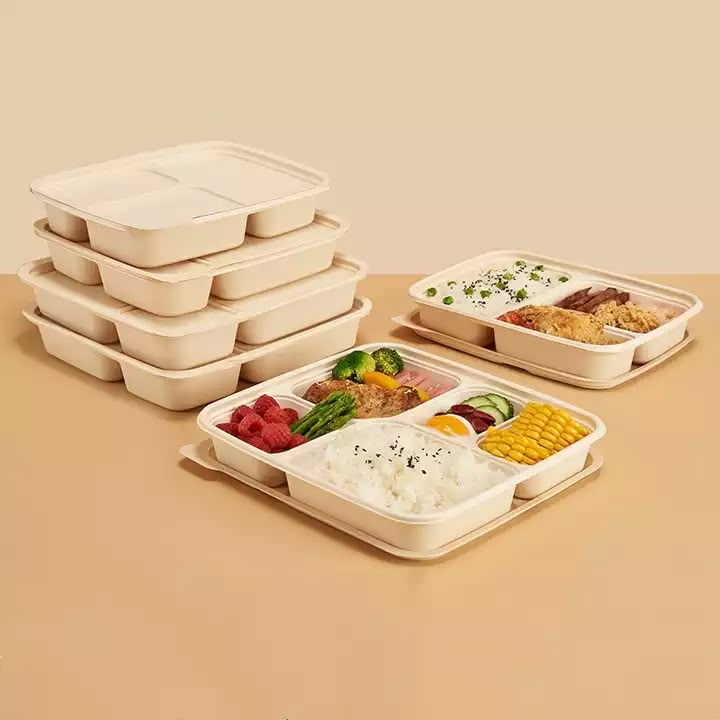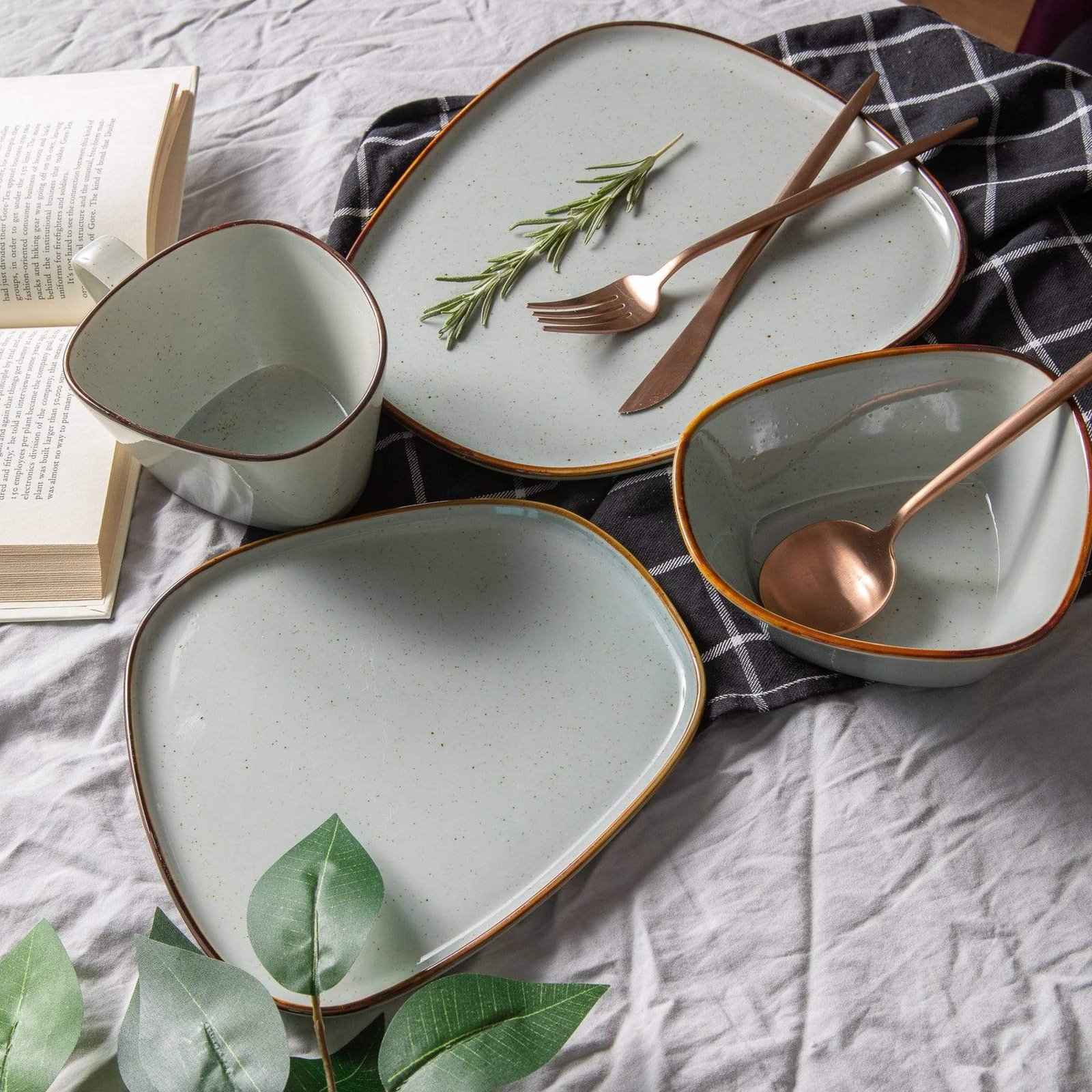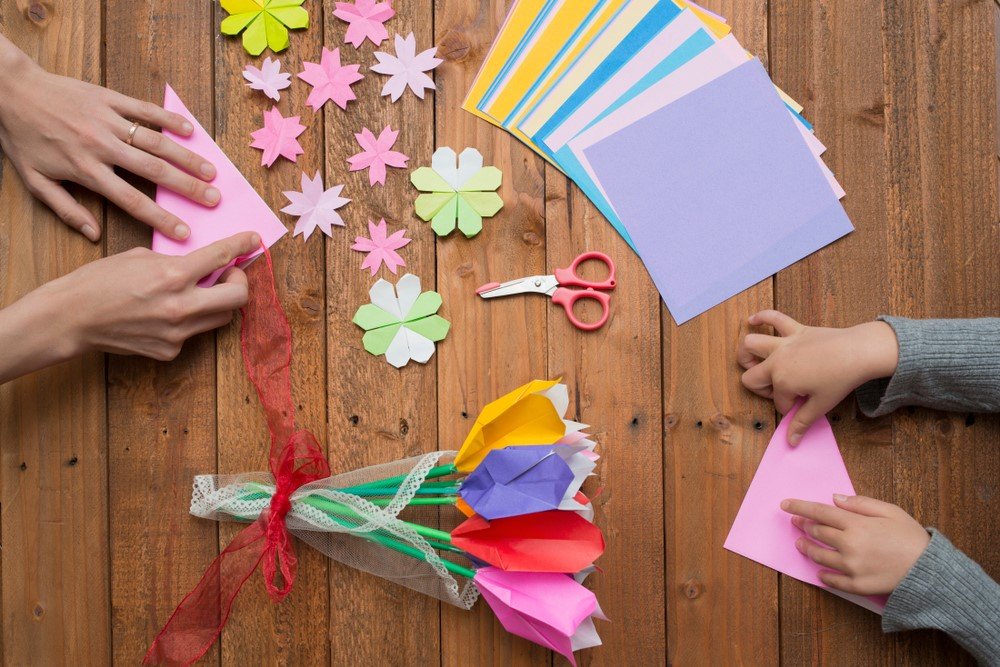In today’s fast-paced, convenience-driven world, the Disposable Meal Box market has emerged as a vital component in the global food packaging sector. As takeout, food delivery, and ready-to-eat meals remain prevalent in contemporary lifestyles, disposable meal boxes provide a practical answer that serves both consumers and businesses. Their significance has surged, particularly after the pandemic, as hygiene, single-use packaging, and contactless dining have become more crucial than ever. With an increase in awareness about sustainability and eco-friendly options, the market is experiencing a change towards biodegradable, compostable, and recyclable materials altering how we package and consume food. From busy urban restaurants to extensive catering and airline services, disposable meal boxes are enhancing food service while prioritizing convenience. This blog delves into the flourishing Disposable Meal Box Market, its key drivers, emerging innovations, and how it reconciles modern needs with environmental accountability in today’s swiftly evolving food landscape.
The Disposable Meal Box market is witnessing strong growth, fueled by evolving consumer behaviors, urbanization, and a rising need for takeaway and food delivery options. As lifestyles become more hectic and mobile, consumers are leaning towards convenient, on-the-go meal choices, prompting restaurants, cloud kitchens, and delivery services to heavily depend on disposable packaging. As per recent industry analyses, the global disposable meal box market is anticipated to grow at a CAGR exceeding 5% from 2023 to 2030, with the Asia-Pacific region taking the lead in consumption due to the rise of fast-food chains and urban dining trends. A major trend in this area is the movement towards sustainable and eco-friendly materials. With increasing environmental issues and stringent regulations on single-use plastics, manufacturers are seeking alternatives such as bagasse (sugarcane pulp), PLA-coated paper, and biodegradable plastics. In fact, approximately 60% of new disposable meal box products introduced in 2023 were branded as eco-friendly or compostable, highlighting a rising consumer inclination towards sustainable packaging. Technological progress is also influencing this market. Innovations in smart packaging that preserve temperature, extend shelf life, and provide tamper-proofing are gaining popularity particularly in the premium meal delivery niche. Corporate cafeterias, hospitals, and educational institutions are using disposable meal boxes for safe food distribution. As the foodservice sector grows and the global emphasis on sustainability strengthens, the disposable meal box market is set to advance swiftly, merging functionality, safety, and environmental awareness into an essential packaging option for contemporary dining.
The increasing popularity of disposable meal boxes, particularly those that are eco-friendly and functional, is fundamentally altering the food packaging sector. For producers, this change has sparked innovation encouraging investment in biodegradable materials, smart packaging technologies, and automated production to effectively meet rising demand. As sustainability turns into a competitive advantage, businesses are reformulating their offerings to be lightweight, compostable, and cost-effective, in line with international regulations and consumer desires. Retailers and food service providers, ranging from major restaurant chains to local cloud kitchens, are adapting by incorporating branded, sustainable meal boxes as part of their value offering improving customer experience and fostering brand loyalty. For consumers, the presence of eco-friendly and tamper-proof meal boxes enhances hygiene, portability, and peace of mind, especially in the era of food delivery applications and health-focused dining. Nevertheless, this transition is not without its difficulties. The higher costs of sustainable materials, inconsistencies in supply chains, and limited industrial composting facilities in certain areas create obstacles to broad acceptance. In spite of these challenges, the advantages are extensive. Environmentally, it lessens dependence on conventional plastics, tackling growing worries about landfill waste and ocean pollution. Economically, it creates new sources of revenue for packaging companies and fosters job growth in green manufacturing. Strategically, enterprises utilizing sustainable disposable meal boxes achieve favorable brand recognition and adherence to regulations. Ultimately, this trend is not merely transforming how food is packaged it is redefining convenience, responsibility, and innovation throughout the food service framework, promoting a more sustainable and consumer-focused future.
Among the various types of disposable meal containers, paper-based and biodegradable containers have emerged as the prominent product category in today’s environmentally aware market. These containers, frequently created from kraft paper, bagasse (sugarcane pulp), bamboo fiber, or cornstarch-based bioplastics, are preferred for their environmental benefits, strength, and capacity to endure both hot and cold food. Their increasing popularity is mainly fueled by the global movement to lessen plastic waste and adhere to rigorous regulations that prohibit or limit single-use plastic packaging in numerous countries. Governments around the world are advocating for sustainable alternatives, generating vast opportunities for manufacturers of biodegradable disposable meal containers. In Europe, for example, the EU’s single-use plastics directive has hastened the transition towards compostable packaging. In the U. S., various states and localities have enacted bans or imposed taxes on plastic food containers, prompting businesses to transition. Consumers, particularly millennials and Gen Z, are also actively selecting brands that incorporate eco-friendly packaging, thereby enhancing demand. Another significant factor is the increasing food delivery and takeaway culture propelled by apps like Uber Eats, DoorDash, and Zomato. As these services continue to expand, the demand for secure, sustainable, and brandable packaging solutions grows even more pressing. For manufacturers, this presents chances to innovate with heat-sealable, leak-proof, microwave-safe, and visually appealing biodegradable containers. Although challenges related to cost and sourcing remain, the long-term growth potential of biodegradable disposable meal containers is robust thanks to their ideal fit with market trends, regulatory changes, and environmental objectives.
The outlook for the disposable meal box market is rooted in the combination of sustainability, advanced technology, and circular economy principles. As public awareness regarding environmental issues increases and international regulations on plastic waste become stricter, the demand for biodegradable, compostable, and even edible meal boxes is anticipated to grow significantly. New technologies such as smart packaging incorporating temperature indicators, QR codes for tracking, and tamper-proof seals—will transform how disposable containers are utilized for food, while improving safety, transparency, and consumer experience. Another progressive trend is the use of plant-based materials such as seaweed, cornstarch, or mushroom mycelium in packaging design, resulting in boxes that are functional as well as environmentally friendly. In addition, closed-loop systems where used boxes are gathered and composted in industrial settings are projected to become more popular, particularly among large restaurant chains and educational institutions. This will necessitate cooperation among packaging makers, waste management companies, and regulatory agencies. To adapt, companies should start investing in RandD for eco-friendly packaging, collaborate with environmentally safe suppliers, and provide clear labels on their packaging for straightforward consumer interpretation and disposal. Restaurants and food service providers can promote their sustainable initiatives to appeal to eco-conscious patrons, while governments and institutions can foster infrastructure for composting and recycling. Consumers should be informed about the proper disposal of eco-friendly boxes and encouraged to select brands with sustainable packaging practices. The trend of disposable meal boxes is changing beyond mere convenience creating opportunities for a smarter, cleaner, and more sustainable food service system. Those who adapt quickly and innovate ethically will emerge as the leaders in this evolving landscape.







